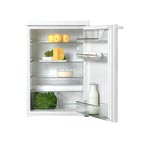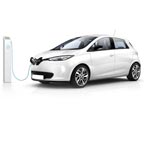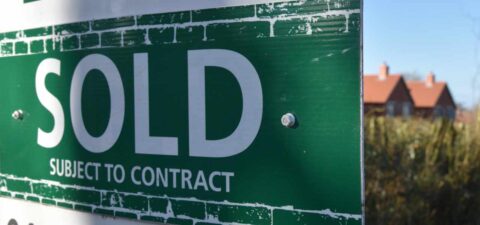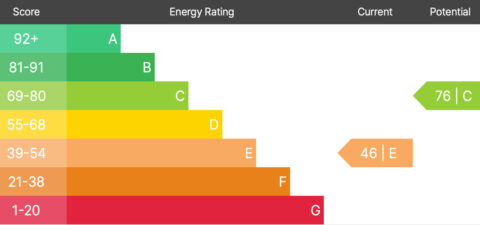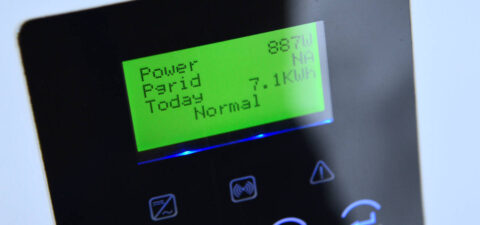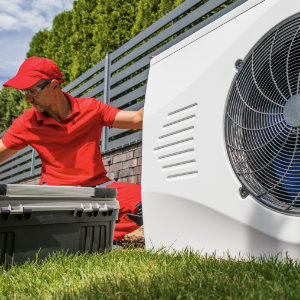
What size television should I get?
Firstly you must consider the size of your room and the distance you are viewing the TV from. Then determine if you have Standard Definition (normal broadcast television through an aerial), or are intending to get a High Definition (HD – Freesat HD or Sky HD) set-top box or Blu-Ray player? Finally, there’s the cost implications of running an oversized TV, and its impact on your energy bills and the environment.
High Definition (Satellite/Cable) or Standard Definition (aerial)
If you are not intending to get high definition (HD) don’t go over 40 inches: Why? Standard definition (SD) TV is only broadcast at a low resolution, so all you’re doing is enlarging a poor quality image. Text will looked jagged and images will be soft or pixelated. However, if you’re viewing the TV from further away it may not be as noticeable.
With High Definition the images are far more detailed, allowing you to have a larger screen as the images are sharper and you can sit closer to them without them seeming blurred – like computer monitors.
Viewing distance to television screen calculator
| Viewing Distance | Ideal screen size for SD Terrestrial TV (Freeview/Analogue) |
Ideal screen size for HD Satellite/Cable TV (Sky/Virgin) & Blu-Ray |
|||
|---|---|---|---|---|---|
| 4ft – 6ft | 1.2m – 1.8m | 26 inch | 66 cm | 32 inch | 81 cm |
| 6ft – 8ft | 1.8m – 2.4m | 32 inch | 81 cm | 37 inch | 94 cm |
| 8ft – 10ft | 2.4m – 3.0m | 37 inch | 94 cm | 42 inch | 107 cm |
| 10ft – 15ft | 3.0m – 4.5m | 40 inch | 101 cm | 46 inch | 117 cm |
| 15ft – 20ft | 4.5m – 6.0m | 40 inch | 101 cm | 52 inch | 132 cm |
Do we need 4k ultra HD TVs?
4k ultra HD TV’s – energy usage
Our top ranking energy saving televisions are:
Televisions ranked by annual running cost
See the most energy efficient...
← SWIPE →

